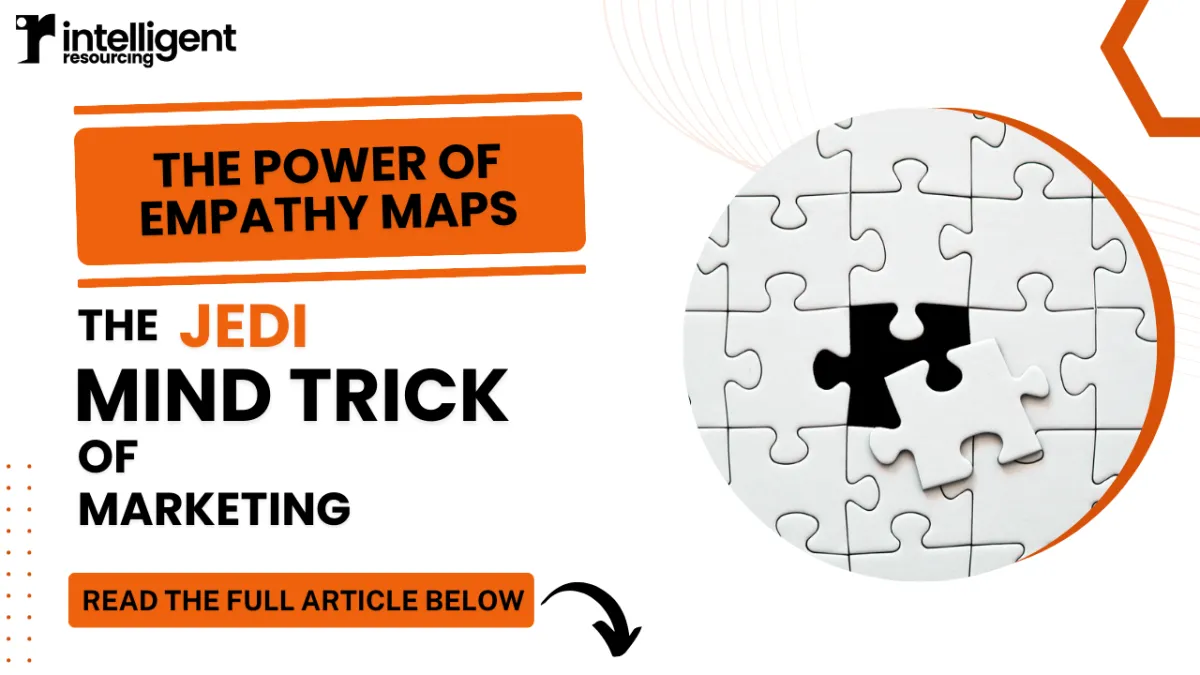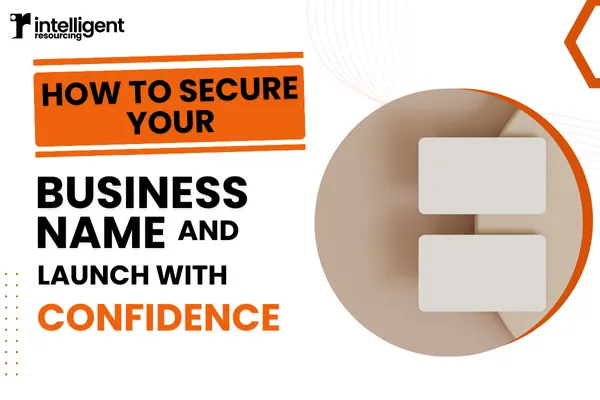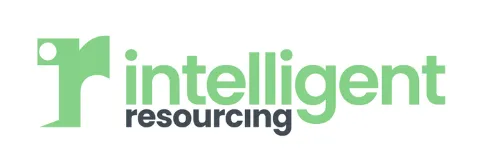
How to take your customers on the journey (Pt2)
Most startups rush to launch a website, assuming it’s their most valuable asset. But here’s the reality: before you focus on building digital assets, you need to map out your customer journey visually.
A visual customer journey map helps you understand key touchpoints and interactions that shape your customers' experience—from first hearing about your business to becoming loyal advocates.
Why a Visual Customer Journey Map Is Crucial
Mapping your customer journey isn’t just a “nice to have”—it’s essential for improving customer experience, increasing conversions, and building long-term loyalty. Here’s why:
1. It Helps You Plug the Leaks in Your Funnel
Without a clear view of your customer’s journey, it’s easy to overlook areas where you’re losing potential customers. A journey map shows you where the leaks are and helps you fix them, so fewer prospects drop off before converting.
2. It Focuses Your Energy on the Right Areas
When you know exactly how customers move through your business, you can focus your resources on the stages that matter most. Instead of spreading yourself thin, you’ll direct your energy toward high-impact areas that drive growth.
3. It Sharpens Your Critical Thinking About Customer Interactions
A customer journey map forces you to think deeply about every touchpoint.
Where are customers getting stuck?
Are you providing the right information at the right time?
What steps could be smoother or more engaging?
By answering these questions, you’ll make your customer experience more seamless and effective.
4. It Identifies and Prioritises Essential Tools and Touchpoints
Building a journey map highlights which tools and platforms you need at each stage of the customer lifecycle. From CRM systems to email automation, you’ll know where to invest your time and money to deliver a better experience.
5. It Provides a Holistic View of the Customer Experience
Understanding the full journey from awareness to advocacy helps you see the big picture. This insight ensures you’re not just acquiring customers but keeping them engaged and turning them into repeat buyers and advocates.
6. It Spots Opportunities for Improvement and Innovation
A journey map makes gaps and inefficiencies in your customer experience more visible. This clarity often reveals opportunities for improvement, innovation, and even new revenue streams you hadn’t considered.
How to Start Your Customer Journey Map
You don’t need fancy tools to get started. Here’s a simple tip:
Start with a basic framework—use a spreadsheet or sticky notes to outline each stage of the customer journey (Awareness, Consideration, Purchase, Retention, Advocacy).
For each stage, list the customer's goals, actions, and touchpoints.
Refine it as your business evolves.
Remember, this isn’t a one-time task. Your customer journey map should grow and change as your business and customer needs evolve.
How to Create a Simple Customer Journey Map
Key Takeaways
A Customer Journey Map Puts You Ahead of 95% of Your Competition
Most businesses skip this step, giving you a competitive advantage by delivering a more thoughtful and engaging customer experience.It Helps You Allocate Resources More Effectively
Focus on the stages of the journey that drive the most impact, so you’re not wasting time on low-priority areas.It Provides a Holistic View of the Customer’s Experience
Seeing the journey as a whole reveals hidden opportunities to improve your processes and customer interactions.
Final Thoughts: The Journey Starts With Mapping
Building a customer journey map is one of the most valuable exercises you can do for your business. It’s not just about understanding where your customers are coming from—it’s about improving how you serve them at every stage.
Take the challenge: Spend two hours this week creating your visual customer journey map. It could be the most valuable time you invest this month.






